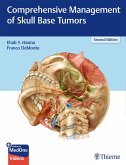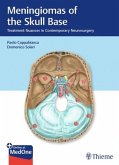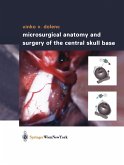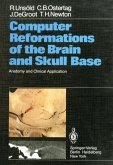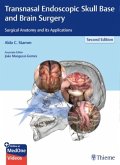Although surgery of the skull base still represents a frontier involving different specialties, it is increasingly being accepted and recognized as a special area po sing both unique diagnostic and surgical challenges and specific requirements. This is the prime reason that colleagues involved in the management of skull base processes need special training stressing the different surgical approaches required either at different times or to reach the different areas of this intriguing anatomi cal landmark. Although the advent of microsurgical techniques and advanced diagnostic mo dalities - high-resolution computed tomography, magnetic resonance imaging (MRI) and MR-angiography, and supers elective endovascular protocols - in the last 25 years has brought significant improvements, such as the recent advances in endovascular treatment, a number of different kinds of limitations still persist. This is especially so in the case of skull base meningiomas, the pathological entity most frequently affecting this area which the neurosurgeon is confronted with in daily practice. Besides understanding the intrinsic characteristics of the different pathological entities which involve the skull base, it is the responsibility of physi cians to know and employ the expanded neurosurgical options in the most effecti ve and appropriate way.
Hinweis: Dieser Artikel kann nur an eine deutsche Lieferadresse ausgeliefert werden.
Hinweis: Dieser Artikel kann nur an eine deutsche Lieferadresse ausgeliefert werden.


